Foster a Vision of Effective Sprinting
The Role of Mental Visualization in Enhancing Sprinting Techniques: Evidence from Elite Athletes
Sprinting requires speed, strength, and endurance, but mental factors also play a vital role. Elite athletes showcase the importance of mental strategies like mental visualization. This technique enhances performance and refines sprinting techniques. In this post, we will explore how mental visualization impacts sprinting, backed by evidence from elite athletes. We will also discuss practical methods for incorporating this technique into training.
Understanding Mental Visualization
Mental visualization involves creating vivid mental images of specific actions or outcomes. Sprinters envision each phase of their sprint, from the starting blocks to the finish line. The brain processes these images similarly to physical practice, activating the same neural pathways. As a result, athletes can mentally rehearse performances, improving muscle coordination, timing, and effectiveness.
Research shows that mental rehearsal enhances physical performance. A study in the *Journal of Sports Sciences* found that athletes using mental imagery improved significantly compared to those who did not. This finding suggests that mental visualization can transform sprinting techniques and boost performance.
Tips for Effective Mental Visualization
To maximize benefits, sprinters should follow these guidelines:
1. Create a Calm Environment
Choose a quiet space for effective mental visualization. Eliminate distractions and relax. A calm environment enhances concentration and helps athletes focus on mental imagery.
2. Use All Senses
Engage all senses during visualization to enhance realism. Picture the track’s texture, the sound of breathing, and the air’s smell on race day. Involving multiple senses creates vivid mental images.
3. Visualize Specific Techniques
Focus on specific aspects of your sprinting technique. Visualize your start position, arm movement, stride length, and breathing pattern. This targeted approach reinforces muscle memory and improves execution.
4. Incorporate Emotional Elements
Include emotions in your visualization. Imagine feeling confident, excited, and focused during your performance. This emotional connection enhances motivation and drive.
Conclusion
Mental visualization significantly impacts sprinting performance. By following these strategies, athletes can improve their techniques and achieve greater success.
Below are related products based on this post:
FAQ
What is mental visualization and how does it help sprinters?
Mental visualization is the process of creating vivid mental images of specific actions or outcomes. For sprinters, this means envisioning each phase of their sprint, which helps activate the same neural pathways as physical practice. This technique enhances muscle coordination, timing, and overall sprinting effectiveness, ultimately leading to improved performance.
What are some practical tips for incorporating mental visualization into sprint training?
To effectively incorporate mental visualization into sprint training, athletes should create a calm environment free from distractions, engage all senses to enhance realism, focus on specific aspects of their sprinting technique, and include emotional elements in their visualization. These strategies help reinforce muscle memory and boost motivation.
Is there any evidence supporting the effectiveness of mental visualization in sports?
Yes, research supports the effectiveness of mental visualization in enhancing athletic performance. A study published in the *Journal of Sports Sciences* found that athletes who utilized mental imagery improved their performance significantly compared to those who did not. This suggests that mental visualization can be a powerful tool in refining sprinting techniques and boosting overall performance.
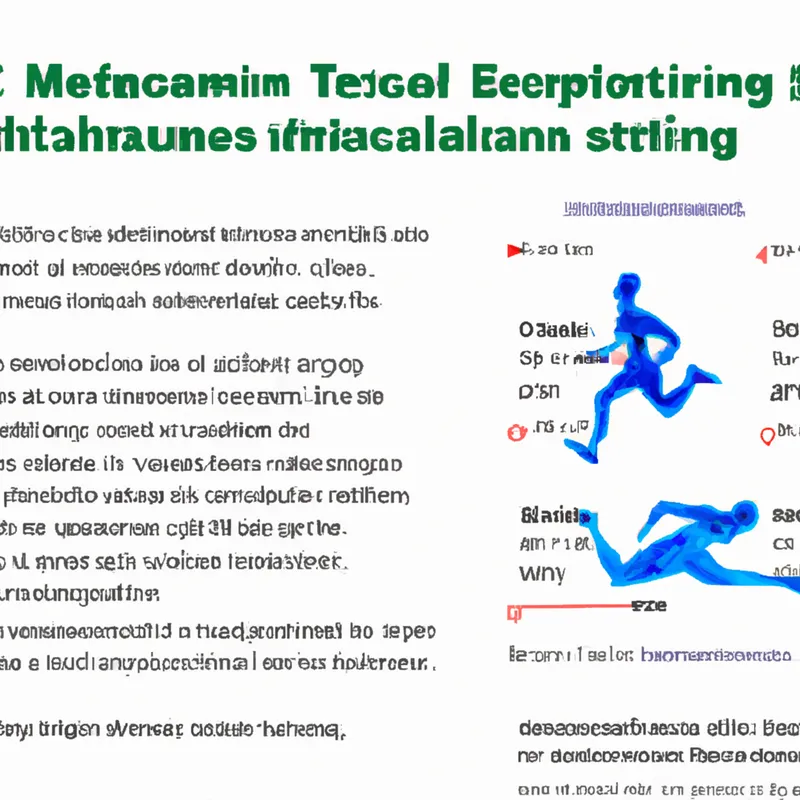


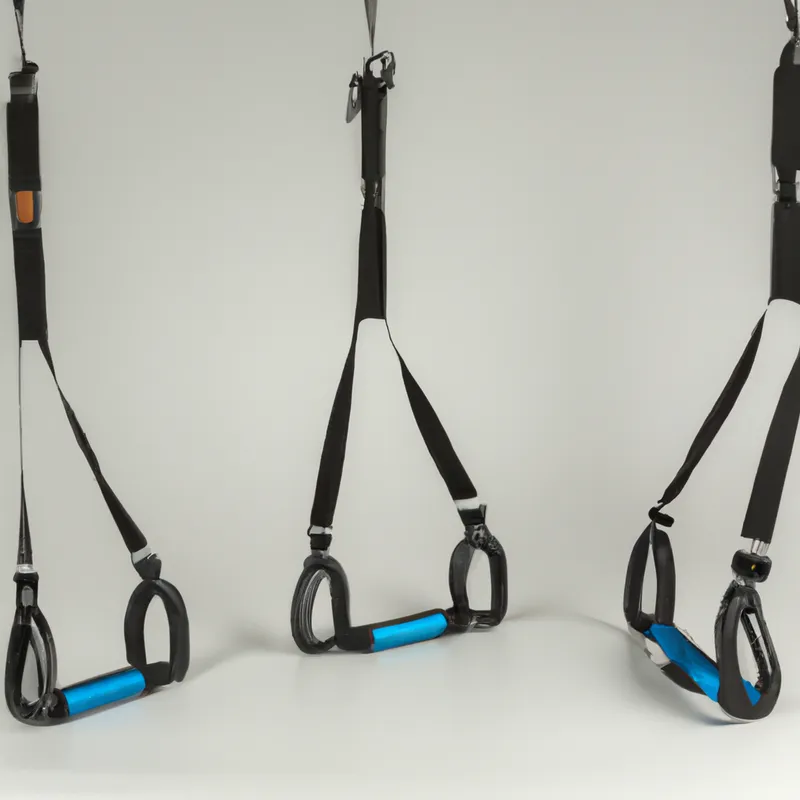


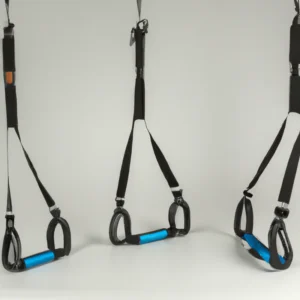

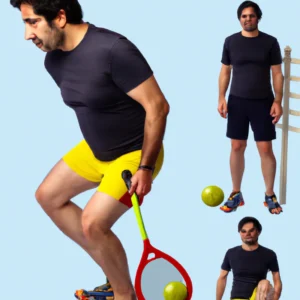
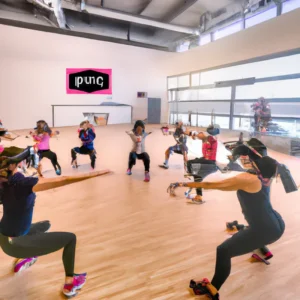





Post Comment